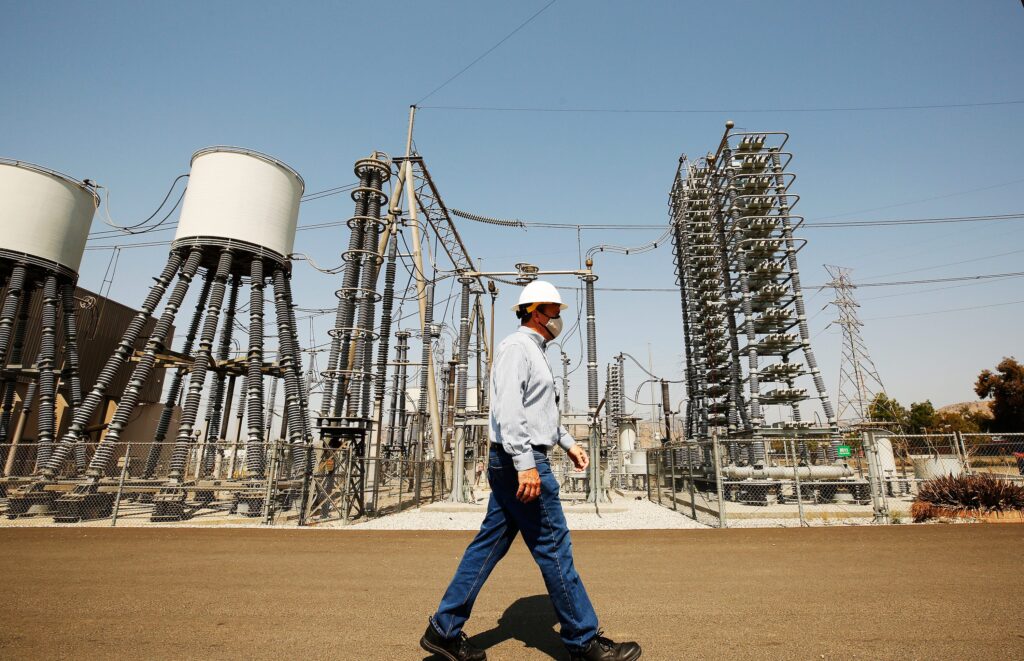- California hit a record last week as battery storage became the biggest power provider in the state.
- Batteries beat out renewables, nuclear, natural gas, and other sources two evenings in the past week.
- It's the latest example of growing battery capacity in US power grids.
Batteries briefly became the biggest source of power in California twice in the past week.
The first time — Tuesday last week around 8:10 p.m. PT, according to GridStatus.io — batteries reached a record peak output of 6,177 megawatts. For about two hours, that made electricity generated earlier and stored in batteries the single largest source of power in the Golden state, eclipsing real-time production from natural gas, nuclear, renewable sources like wind and solar, and all other sources of energy.
The news was reported earlier by Renew Economy.
It happened again on Sunday evening, this time for a few hours around 7:10 p.m. PT, per data from GridStatus.io. In that instance, which broke Tuesday's record, batteries reached a peak output of 6,458 megawatts.
Battery storage has become a key part of the push to produce more electricity using renewable sources. By connecting huge, rechargeable batteries to power grids, power utilities can store energy generated during the day by solar panels and wind turbines.
Then, they can distribute the energy during later periods of high demand — think evenings, when people fire up appliances to make dinner, flip on the TV, or turn on lights as it gets dark.
California had about 6.6 gigawatts of battery storage last October, the state's energy commission said. By 2045, state officials want all of California's power to come from carbon-free sources, a goal that will require about 52 gigawatts of battery storage, Renew Economy reported.
California isn't the only state where battery storage is growing quickly. Oil-rich Texas is challenging California for battery capacity and is expected to have 30 gigawatts of storage by the end of this decade, Business Insider reported last year.
